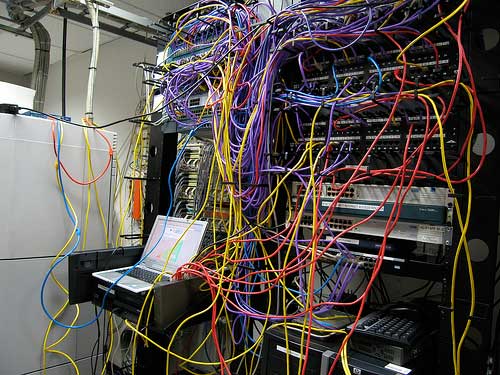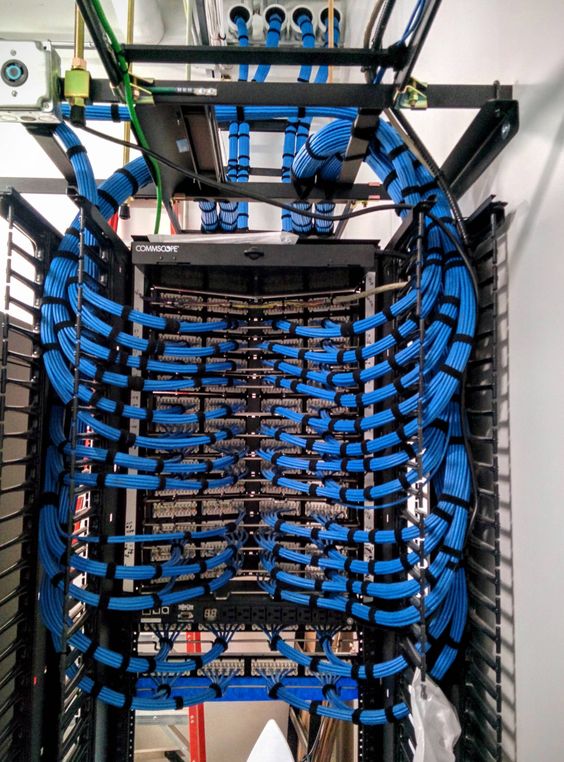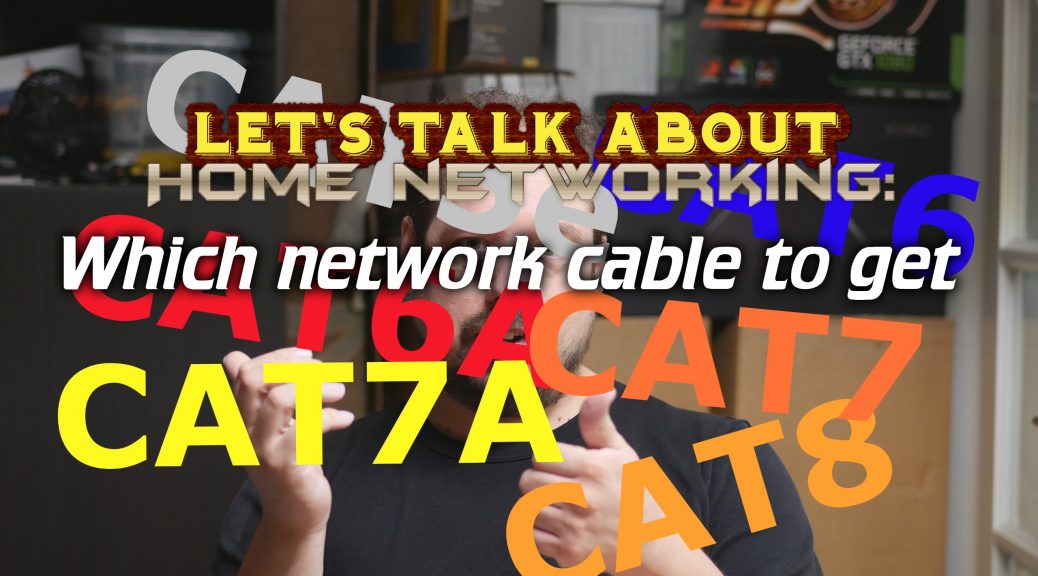There is a lot of talk on the internet about which cable you need and what you should or shouldn’t get. Some people say CAT7 is never needed and some say you are an idiot if you still buy CAT5e? What do you really need, let’s talk about that!
The video!
This video got a bit long (about 20 minutes) so that’s why I made it a let’s talk about instead of a pure Home Networking video. I talk about most aspects that are related to making a cable buying decision for wiring up your home network.
In the last part, I talk about the cable I bought and the reasons why. So if you aren’t interested in all the information but just want to know what I bought, skip to around the 13:00 minutes mark.
A very brief overview!
- Don’t get CCA cables, always get 100% pure copper wire
- Get the right type of cable for the right job (solid core vs stranded cable)
- CAT5E, CAT6, CAT6A, CAT7, CAT7A, CAT8?
- Shielded (STP) vs Unshielded (UTP)
- Electrical conduit pipe, which width do you need?
- Terminating hardware, plugs, keystones, etc.
- What I personally choose, and why
As you can see, quite a few topics so I suggest, go watch the video!
Extra info not in the video
Often when talking about network cabling the speed it’s rated for is also expressed in the amount of Megahertz that the cable is able to handle. This also gives you a good impression to what the cable you buy is going to be able the handle in the future.
- Class A: link/channel up to 100 kHz using Category 1 cable/connectors
- Class B: link/channel up to 1 MHz using Category 2 cable/connectors
- Class C: link/channel up to 16 MHz using Category 3 cable/connectors
- Class D: link/channel up to 100 MHz using Category 5e cable/connectors
- Class E: link/channel up to 250 MHz using Category 6 cable/connectors
- Class EA: link/channel up to 500 MHz using Category 6A cable/connectors (Amendment 1 and 2 to ISO/IEC 11801, 2nd Ed.)
- Class F: link/channel up to 600 MHz using Category 7 cable/connectors
- Class FA: link/channel up to 1000 MHz using Category 7A cable/connectors (Amendment 1 and 2 to ISO/IEC 11801, 2nd Ed.)
- Class I: link/channel up to between 1600 and 2000 MHz using Category 8.1 cable/connectors (specification under development)
- Class II: link/channel up to between 1600 and 2000 MHz using Category 8.2 cable/connectors (specification under development)
More information can be found on this wiki page here. The cable I’m using is CAT7 but rated up to 1200Mhz. Remember, to guarantee a certain speed both the cable and the connector you are using need to be rated for that speed!
Conclusion
With the information mentioned all taken into account, I decided to buy CAT7 cable. That means I’m all set for 10 Gigabit and probably will be able to run short lengths of 40 Gigabit when that becomes available in the future. That means a bit higher investment at this stage but hopefully, for the next 10 to 15 years, I won’t have to touch any of my in-wall cables!
If you are from Europe (especially The Netherlands and Belgium), take a look at http://www.netwerkwinkel.com to buy your gear. I’ve been buying from them for years and it’s always been great. They also refuse to sell anything CCA or sub-standard so you are assured you’re getting great quality!

The future? 😉
To end this post 2 pictures. I’m hoping, in the end, my rack in the new house will look more like the last picture. 😉





don’t cheat, the second picture is the back of a rack (but a nice one:-)
This article offers an engaging and in-depth look at network cables, combining technical knowledge with practical insights in a way that is both educational and accessible. The author’s clear explanation of the differences between cable types, such as Cat5e, Cat6, and Cat7, provides valuable guidance for readers navigating the often confusing world of networking hardware. I particularly appreciated the discussion about cable shielding and interference, as these factors are critical but sometimes overlooked when planning a network installation. The inclusion of real-world advice on when and why to choose specific cable types adds practical value to the content. Overall, this is a fantastic resource for anyone looking to deepen their understanding of network cabling, whether they’re beginners or seasoned tech enthusiasts.
This is a fantastic resource for anyone looking to understand the nuances of network cabling. I particularly liked the section about cable installation and the importance of not cutting corners to ensure optimal performance. It’s clear that you’ve put a lot of thought into explaining the technical details in an accessible way—definitely a helpful guide for both beginners and those looking to refine their skills!
This article provides a great overview of network cables and their importance in ensuring reliable connections. I particularly liked the explanation of the different categories and their use cases. It’s clear that choosing the right cable is crucial for optimizing network performance. Looking forward to learning more about the best practices for installation and maintenance!
I really appreciated the clear explanation of the different cable types and their respective speeds. It’s always useful to understand the technical details behind everyday equipment.